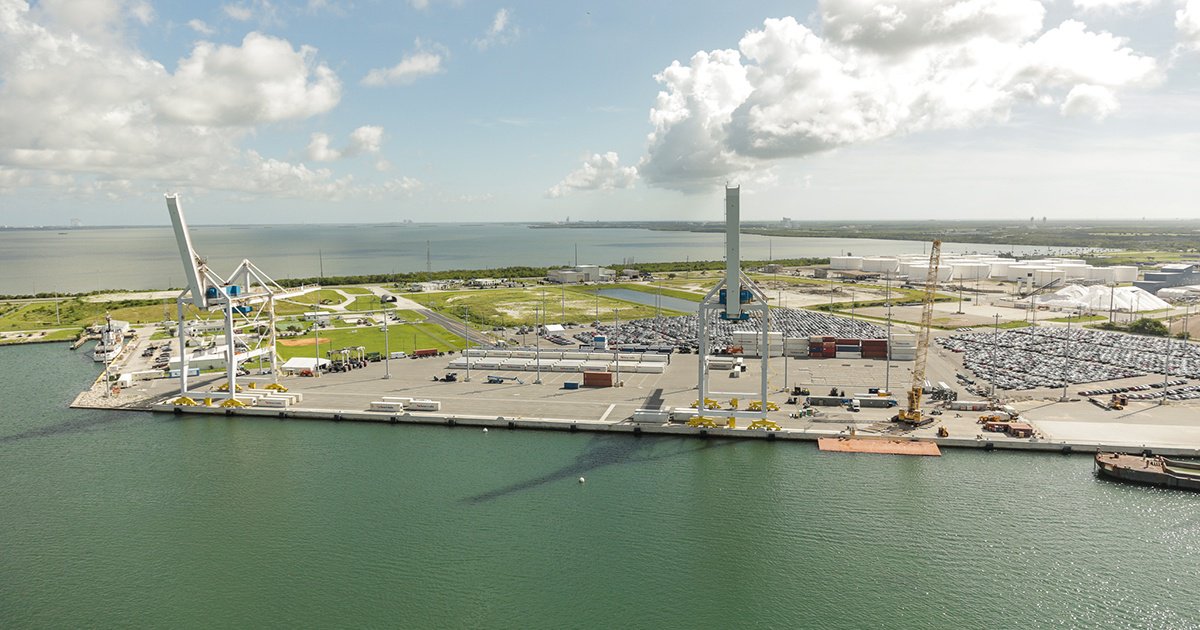Threats of increased U.S. tariffs on Chinese goods last month fueled anxiety over a trade war between the world’s two largest economies. Analysis by the Orlando Economic Partnership research team sheds light on the likely consequences of proposed economic sanctions. Due to the Orlando economy’s lack of reliance on exports, any direct decreases in economic activity caused by potential Chinese tariffs would be minimal. More substantial threats to the Orlando region, specifically to tourism and the construction boom, come from U.S. imposed tariffs on steel and aluminum imports.
First, the research team analyzed the effects on Orlando’s economy if China were to implement tariffs on the most recent list of potential industry targets. The list of industries, translated and published by the Brooking’s Institution, can be found here along with a county-by-county overview of employment potentially at risk from tariffs on these products. Combined employment of the four counties that make up the Orlando metro (Lake, Orange, Osceola, and Seminole County) from this list is 3,400 – accounting for less than one percent of total employment.
In 2016 Orlando produced $3.36 billion worth of exported goods. See the interactive chart below for the top five industries and dollar amounts exported.
Exports accounted for only 2.7 percent of Orlando’s 2016 gross regional product (GRP). By comparison, the total export activity of Miami compromises just below ten percent of its GRP. Using state level data and IMPLAN’s economic modeling program, Florida exports an estimated $165.6 million worth of goods to China from this list of industrial products targeted for tariffs; the potential effects of this activity disappearing from the economy would be the loss of 1,077 jobs statewide. To put this number into perspective, from January to February alone, metro Orlando added 10,400 jobs.
Combining these estimates with the fact that Orlando exports make up only 6.6 percent of total state exports, it can be confidently predicted that any direct impacts from the latest list of proposed Chinese tariffs would easily be absorbed and outpaced by Orlando’s other growth areas. However, this is not to say that the region is immune to the impacts of changing trade policies.
The real threat to Orlando’s economy is the potential ripple effect of either a trade war with China or U.S. imposed tariffs on steel and aluminum imports, which would cause the contraction of incomes in the state’s tourism feeder markets and the construction industry. With no state income tax, Orlando’s economy is heavily dependent on consumer spending and the sales tax revenues generated by 68 million annual visitors; a national shift in the size of consumer’s wallets would be heavily felt here in Central Florida.
Most of Orlando’s out-of-state visitors last year came from New York, Georgia, and Pennsylvania. Analysis of the steel and aluminum tariffs published by Regional Economic Models, Inc. (REMI) estimates that $5.83 billion worth of disposable, personal income will disappear from consumers’ pockets in those three states alone. With tighter household budgets, vacations tend to shorten, stay local, or get postponed.
Another sector at risk is the booming Central Florida construction industry. IBIS World analysis of the steel tariffs found that,
“The tariff on steel is expected to increase the construction cost for nonresidential buildings, as the metal is widely used in the construction of high-rise office buildings, apartment buildings and industrial factories. Higher steel prices stemming from the tariff will raise input costs across the commercial construction industry, which, coupled with rising interest rates, may contribute to lower profit margins, higher rents, or even lower construction activity altogether.”
With $10 billion in transportation infrastructure investment currently taking place around the region and construction employment growing at a six percent rate since March of last year, the increased prices of steel and aluminum have the potential to impact industry activity right in our own backyards.
In summary, the effects of America and China’s trade forays will be felt at the regional level and across a variety of industries. It may be no consolation, but Orlando is not alone. It is the regional economies of America, from automobile manufacturing to tourism to commercial construction, that will experience the initial and ripple impacts of two world powers testing the others international trade policies.
Sources: International Trade Administration, U.S. Department of Commerce; U.S. Trade Online, U.S. Census Bureau; Brookings, “How China’s Proposed Tariffs Could Affect U.S. Workers and Industries”; Visit Orlando, Visit Orlando, Regional Economic Modeling Inc., Florida Department of Economic Opportunity, IBIS World

